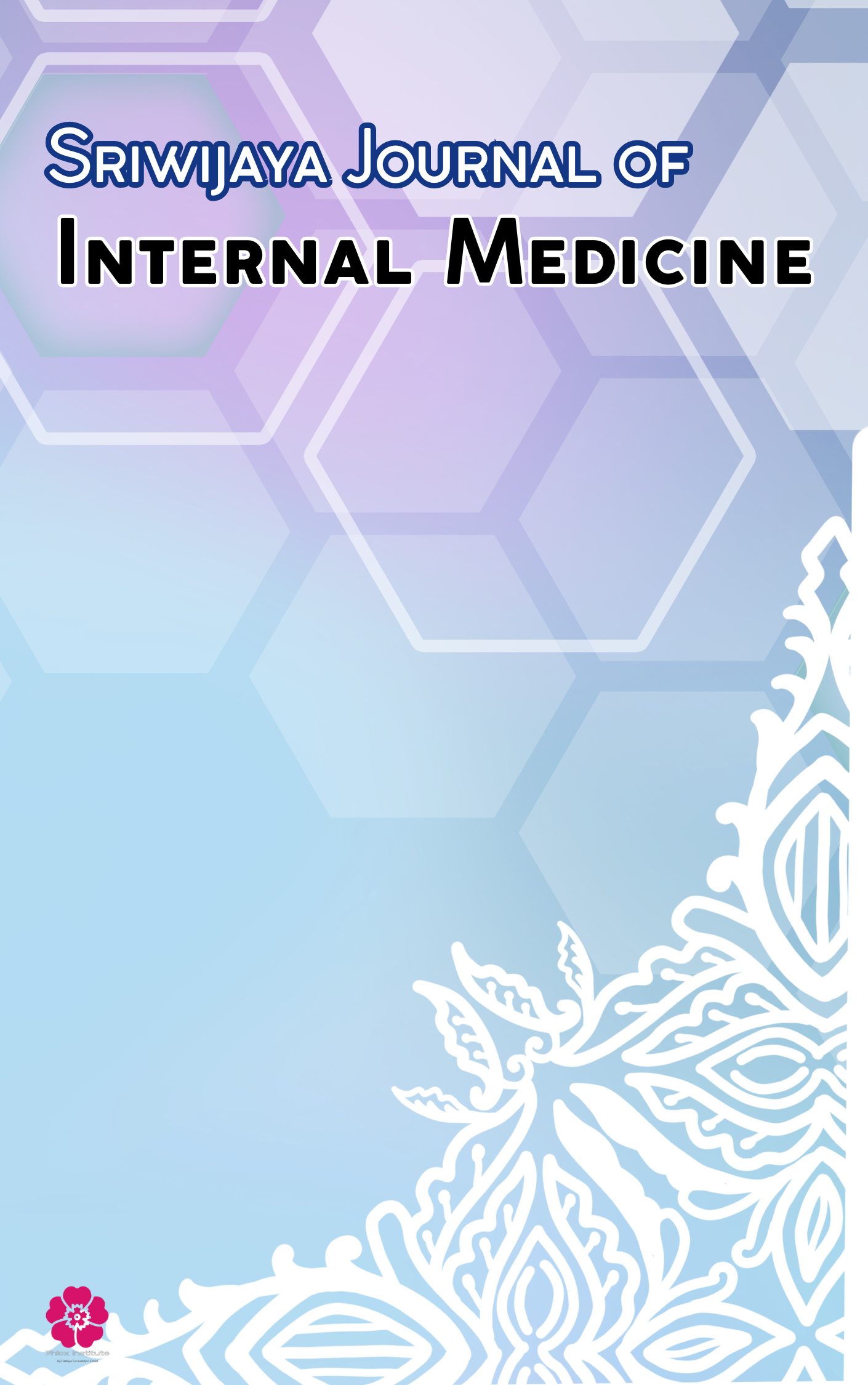Main Article Content
Abstract
Introduction: Gestational diabetes mellitus (GDM) significantly increases the risk of both short-term and long-term cardiovascular disease (CVD) in women. Effective risk stratification during pregnancy is crucial for targeted interventions. This study aimed to compare the performance of established cardiovascular risk prediction models in a cohort of pregnant women with GDM in Padang, Indonesia.
Methods: A prospective cohort study was conducted involving 350 pregnant women diagnosed with GDM at two major hospitals in Padang, Indonesia, between January 2022 and June 2023. Baseline demographic, clinical, and laboratory data were collected. Three established CVD risk prediction models – the Framingham Risk Score (FRS), the American College of Cardiology/American Heart Association (ACC/AHA) Pooled Cohort Equations (PCE), and a modified version of the PCE adapted for GDM (PCE-GDM) – were applied to calculate individual 10-year CVD risk scores. The primary outcome was the development of any major adverse cardiovascular event (MACE), defined as myocardial infarction, stroke, or cardiovascular death, or new-onset hypertension requiring medication, within one year postpartum. Model performance was assessed using discrimination (c-statistic) and calibration (Hosmer-Lemeshow goodness-of-fit test).
Results: The mean age of participants was 32.4 ± 5.1 years. The prevalence of pre-existing hypertension was 8.6%, and the mean pre-pregnancy BMI was 28.5 ± 4.7 kg/m². During the one-year follow-up, 25 (7.1%) women experienced a MACE. The PCE-GDM model demonstrated the best discrimination (c-statistic = 0.82, 95% CI 0.76-0.88), followed by the PCE (c-statistic = 0.75, 95% CI 0.68-0.82), and the FRS (c-statistic = 0.68, 95% CI 0.60-0.76). The PCE-GDM also showed good calibration (χ² = 8.3, p = 0.41), while the FRS and PCE tended to underestimate risk (χ² = 18.5, p = 0.02 and χ² = 15.2, p = 0.06, respectively).
Conclusion: The PCE-GDM model, specifically adapted for GDM, showed superior performance in predicting short-term cardiovascular risk compared to traditional models in this Indonesian cohort. These findings highlight the need for GDM-specific risk stratification tools to improve cardiovascular risk management in this vulnerable population.
Keywords
Article Details
Sriwijaya Journal of Internal Medicine (SJIM) allow the author(s) to hold the copyright without restrictions and allow the author(s) to retain publishing rights without restrictions, also the owner of the commercial rights to the article is the author.





